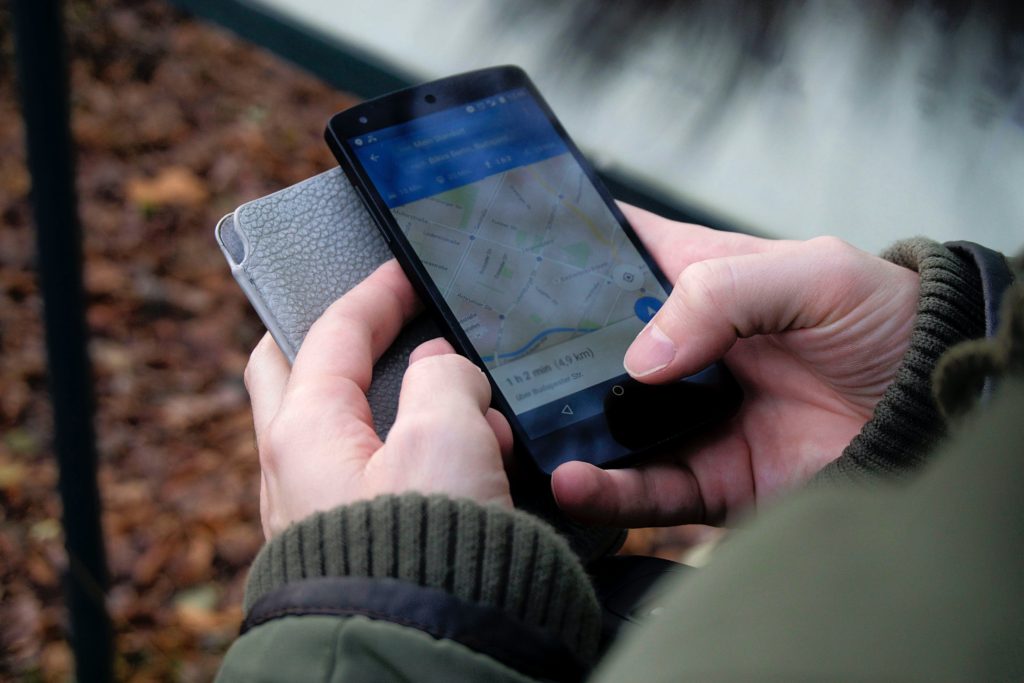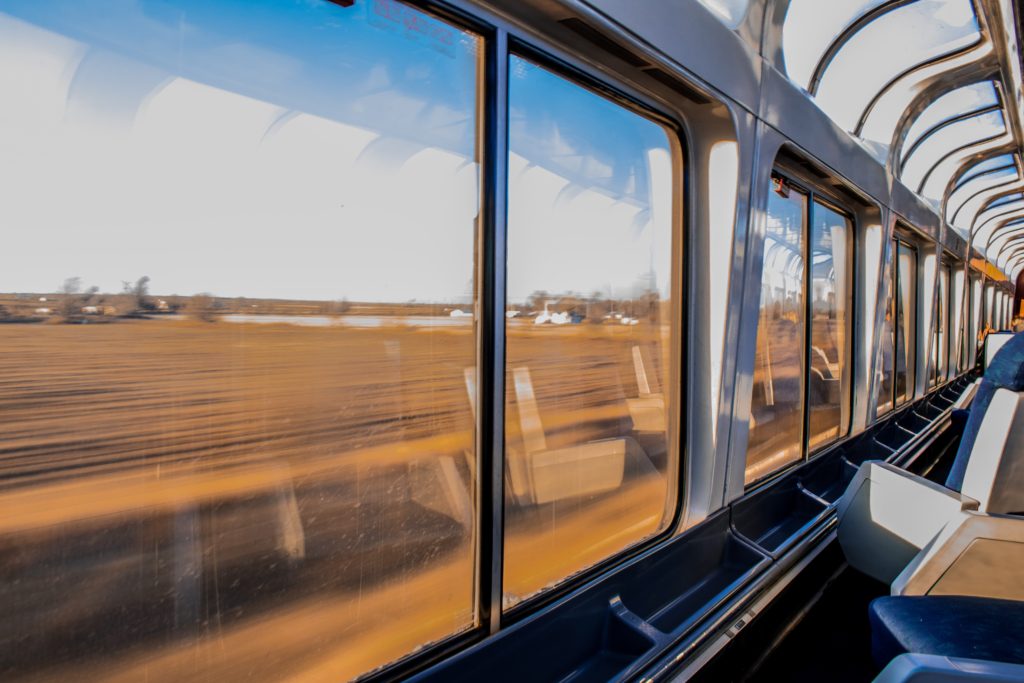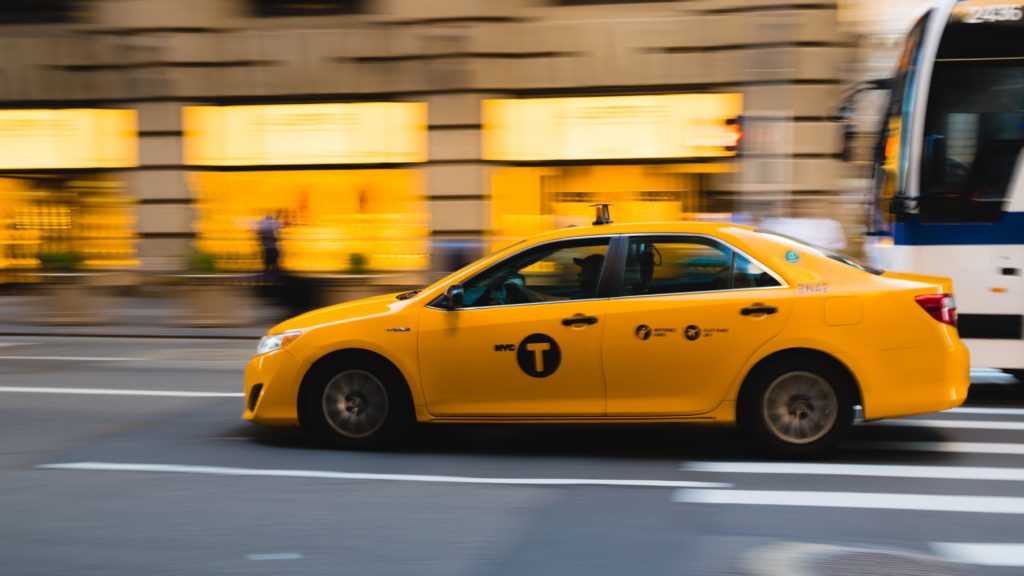We originally wrote the ‘Expat Guide for Moving to Korea – 8 Things You Must Know’ with the intent of fitting it all in one post. However, the more we got to writing and researching, the more we realized there’s a ton of important information you should know to make your move successful and less frustrating. So, we thought it’s best to create a two-part series blog post for it. This Part 1 includes:
- How to register for your Alien Registration Card (essential to living in South Korea),
- How to get a cell phone (equally essential), and
- Free helpful apps to assist with communication and navigation.
Moving and transitioning to life as an expat in South Korea doesn’t come without its struggles. We want to help. That’s why we created this expat guide so it can (hopefully) better prepare you for your move to Korea. In this ‘Expat Guide for Moving To Korea – 8 Things You Must Know’, we listed what we think are the most important things you need to do so you can effectively navigate yourself in your new home.
Applying for an Alien Registration Card (ARC)
Korea is huge on digital identity authentication. You will feel comfortable living here knowing all your banking and electronic transactions are super secure. In fact, Korea is leading the world in digital identity authentication, and the rest of us are lagging way behind.
You need an ARC to:
Applying for an ARC should be the first item on your ‘To Do’ list after arriving in Korea because it enables you to authenticate yourself. If you’re a military affiliate, you can live in South Korea without an ARC. If you’re a non-military affiliate and living in Korea for more than 90 days (e.g.: for work/study), you need to register for an ARC. And, you must register for your ARC within 90 days of arrival into the country, otherwise, you’re in Korea illegally.
- Open up a bank account,
- Get a mobile phone,
- Shop online,
- Apply for a credit card,
- Connect to the World Wide Web,
- Receive health insurance, etc.
You can also use the ARC to rent community bikes, and shop at Coupang. Fun Fact: Coupang is the largest e-Commerce business in South Korea and is the equivalent of Amazon to Westerners.
In the unfortunate times of COVID-19, an ARC is also helpful because it allows you to get a QR code. This QR code is used for contract tracing. It enables you to electronically check yourself into restaurants, cafes, museums, etc. You have to manually write down your contact information if you don’t have a QR code, which isn’t a big deal but it can be a hassle.
More information on the ARC is found here. For an update on our experience of applying for an ARC, click here or scroll to the bottom of the post.
How to Get a Cell Phone
Now that you have an ARC, the next step would be getting a local cell phone and/or cell phone provider. South Korea is known for having one of the fastest internet networks around the world, so you definitely want in on that action. In Korea, the three major mobile service providers are:
- SK Telecom,
- KT Olleh, and
- LG U+.
If you already have a cell phone, you can simply remove your current SIM card and insert a new Korean SIM card. Korean mobile service providers offer you two choices: a pre-paid subscription or a post-paid subscription. With the pre-paid option, you load up your phone manually with money monthly. With the post-paid option, you sign a contract and get billed monthly. Choose the option best suited for you and your needs while in Korea. Another Fun fact: Koreans are very loyal towards domestically made products. That’s why you see most Koreans owning Samsung, LG, Vega, and Sky cell phone models.
Helpful Apps.
In our last and final section of our ‘Part 1 Expat Guide for Moving To Korea: 8 Things You Need to Know’, we’ve listed our top most helpful apps to use in Korea. For apps and services on food delivery, check out our blog post on An Expat’s Guide to Food Delivery in South Korea.

Navigation: GPS
You probably use Google or Apple Maps for GPS. But in South Korea, these apps don’t work well and are very limited due to Korea’s government privacy regulations. We recommend installing the apps Waze, Naver Map, and Kakao Map for navigating yourself around Korea. You’ll need to know the exact name, when you search for it in the app. It’ll be helpful to also have the Korean name of the place, just in case it’s not in the app in English. Naver Map is great for getting around on the Seoul subway because it’ll tell you what subway station to walk to and then what train lines to get on/off at.

Communication: Translating
You’ll want a translation app to help you communicate with the locals. I’m sure you’re already aware that Korean isn’t like Spanish or French where you sometimes can guess the word. The Korean language uses a completely different alphabet called Hangul. When you’re grocery shopping or reading a menu at a restaurant, translation apps are handy as they can snap a picture and translate the image or you can use it in real-time and it’ll translate from Korean to English right on your screen. We recommend using the app called Papago Naver, but Google Translate works too.

Health: Air Quality Index
The air throughout Asia can get bad at times, especially for those with pre-existing health conditions, like COPD or asthma. The app AirVisual displays in real-time the air quality. You’ll want to try and plan your outdoor activities around how the AQI is and avoid being outside or doing strenuous activity when it’s in the unhealthy or very unhealthy range. The app is easy to use, and you can manually add locations from anywhere in the world.

Train Transportation: KTX, ITX-Saemaul, Mugunghwa
Install the Korail Talk app to book your train tickets around Korea. Unfortunately, the app is not user-friendly and a bit confusing but once you’ve booked your ticket a couple of times, you’ll get the hang of it. You can purchase your train tickets at the station, but this app allows you to pre-book your tickets, ensuring your seat on the train at the time you want.

Road Transportation: Taxis
Kakao Taxi is the app to use when you need a ride somewhere. Uber is not in Korea and calling for a taxi is impossible if you don’t speak Korean. That’s why we recommend using this app to hail a taxi instead. If you have a Korean credit card, you can add it to the app and the taxi will automatically charge your ride to it (like Uber). If you don’t have a Korean credit card, you pay for the ride the regular way, using a foreign credit card or cash at the end of your trip.
We’re not quite done yet. Stay tuned for our next ‘Part 2: Expat Guide for Moving to Korea – 8 Things You Must Know‘. In Part 2, we’re covering how to open a bank account, how to apply for a credit card, how to purchase a vehicle, what the heck T-Money and Hi-Pass cards are, and why I need them, plus more!
Since this blog was posted, we’ve completed the application process of applying for an ARC. We felt it’s helpful to share more details of the experience, so here you go!
You need to book in advance via an online reservation system where you can select your preferred day and time. The appointment will be in person at the local immigration office. If you’re applying at the Pyeongtaek immigration office, there’s no parking nearby. We recommend parking at the City Hall which is about two blocks away. If you park here for less than 20-25 minutes, you shouldn’t be charged a parking fee. The immigration office is on the 3rd floor of the building. Give yourself lots of time to get to the appointment, as traffic can be bad in the downtown core.
Once at the immigration office, a sound and sign at a teller’s booth will light up and notify you, at your appointment time, to come up to the booth. Assuming you have all your necessary documents and filled out the application form correctly, hand these over to the agent for review and approval. The entire process takes 10-15 minutes, and you will pick up the ARC at the same immigration office in 2-3 weeks.
